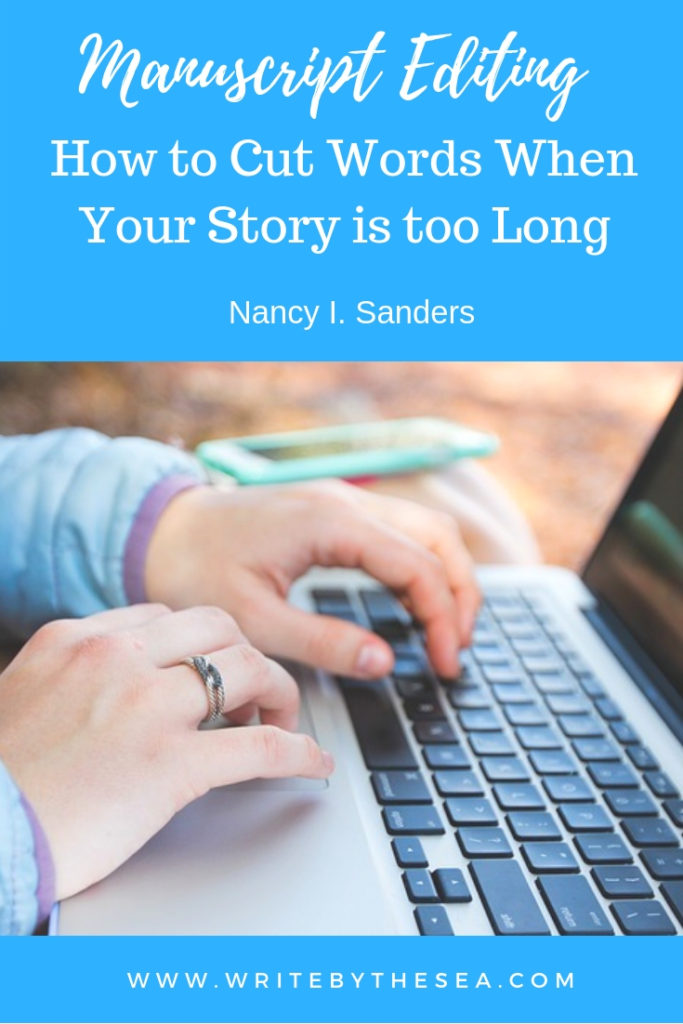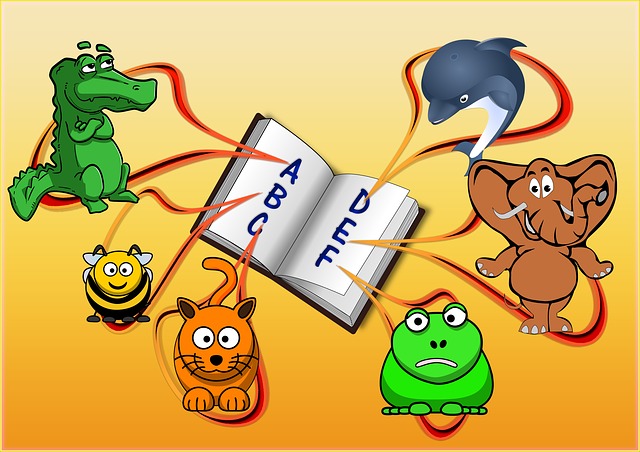Spring has sprouted in my garden.

Tiny seedlings are popping up everywhere! It’s so exciting to see—especially one of my favorite flowers, red amaranth.
There’s a carpet of one-inch seedlings near my garden path where I enjoyed the brilliant red flowers last year, all summer long.
But there’s one problem.
There are too many seedlings.
I only want 12 plants, but over 100 seedlings have sprouted.
The seed packet says to thin them three inches apart…but which ones do I pull?
They all look the same.
But pull them I must if I want my flower garden to look pretty and not like a neglected weed patch.
Now, I can just pull them and throw the extras away.
Or I can do something with them.
So I dig them up carefully and replant them in empty 6-pack containers and give them to friends.
A dreary task of “weeding” now turns into a joy.
Writing is like that.

As children’s writers, so often we have tight word counts.
Fiction picture books top out at 800 words these days.
The historical fiction I recently got accepted at a children’s magazine had to be 400 words.
And when I wrote my nonfiction books for students 9 years and older, they had to be about 41,000 words.
The problem is, when I finish the first draft of a story, I’m usually way over my word count.
There’s so much I want to say!
For example, my historical fiction for the children’s magazine started out at nearly 1,000 words.
And when I wrote my two nonfiction children’s books, America’s Black Founders and Frederick Douglass for Kids, I was thousands and thousands of words over my word count.
Just like the seedlings in my garden, I had to get rid of the extra words.
Even though all the words and all the sections seemed important to me.
And just like the seedlings, I could either delete the extra words and throw them away, or I could do something with them.
So I decided to do something with them.
I cut whole sections out of my nonfiction books and entire “scenes” I’d created and did something with them.
I used them as content for the websites I was building to help market each book. (To see what I did visit my sites www.AmericasBlackFouders.wordpress.com and www.FrederickDouglass.wordpress.com ).
This turned a potentially difficult and unwelcome task into an exciting and meaningful activity.
I now had purpose for each word I deleted as it found its way in some shape or form into the websites I was creating.
So next time you have to cut and trim the article or book you’re writing after you finish your first draft, don’t despair!
Decide on a purpose for the words, scenes, and entire sections you need to cut to meet your publisher’s word count.
Then chop, snip, and trim away.
You’ll soon reap the benefits.
Just as a gardener enjoys her flower garden!
About Nancy I. Sanders
 Bestselling and award-winning children’s author of over 80 books, Nancy I. Sanders wants to help you experience success writing for kids! It’s hard work, yes, but it’s also lots of fun and very, very rewarding. Learn tips of the trade and secrets of success in her Yes! You Can series of how-to books for children’s writers.
Bestselling and award-winning children’s author of over 80 books, Nancy I. Sanders wants to help you experience success writing for kids! It’s hard work, yes, but it’s also lots of fun and very, very rewarding. Learn tips of the trade and secrets of success in her Yes! You Can series of how-to books for children’s writers.






Nancy, That was a great article about making use of the words you must cut out of manuscripts. Being a bit of a pack rat, I think that may be why I have such a difficult time with that task, I hate to throw things away. I try to get my kids to take the knick knacks that I have no more room for in our downsized home. Can’t toss them, I think. So I’ll give that a try, make use of those words.
Marlene A Hibbard